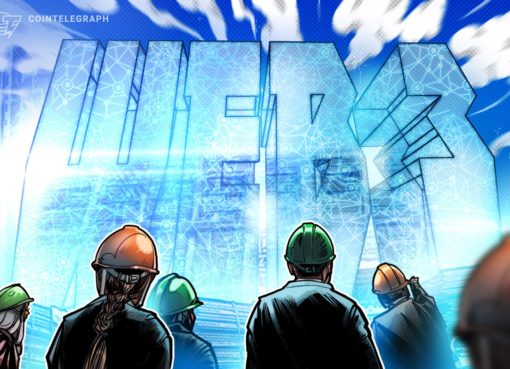- The Fed is going scorched earth on deflation in the housing market.
- The Federal Reserve has never intervened so forcefully in the economy.
- But in the process, it’s fueling the greatest of all time asset bubbles.
Someone bulldoze the statue in the Lincoln Memorial and put Federal Reserve Chair Jerome Powell there. The Fed is slapping price deflation with unprecedented force.
And it’s making history with daunting command over the financial system.
The Fed’s balance sheet grew to a record $7 trillion in holdings this week.
After this is all over, they may chisel Jay Powell into Mt. Rushmore.
The way the media has covered the pandemic, many people might guess the graph above is the coronavirus growth curve if it wasn’t labeled. This is viral finance.
Putting it in perspective, the Fed balance sheet was $4 trillion three months ago:
There’s never been anything like this before, other than the 2008 financial crisis.
But the lightning pace and epic scale of the acquisitions by the Federal Reserve have already rocketed past the urgency and force of the Fed’s 2008 intervention.
The Fed’s holdings are especially pronounced in the housing market.
$1.86 trillion of the Fed’s $7 trillion balance sheet is mortgage-backed securities.
Two months ago, it was $1.38 trillion.
That’s a half-trillion-dollar bailout for the housing market.
Unprecedented Housing Market Rescue
If Amazon bought that much of anything, they would make Jeff Bezos testify to Congress. They’d hassle him with antitrust laws.
They’re already trying to get him to for much less.
So why is the Fed doing this? And why are they allowed to do it?
The Federal Reserve is the most powerful financial institution in the world, and it’s unhesitatingly stomping debt deflation as GDP and employment crash and burn.
The Fed’s titanic position in the housing market indicates it’s very concerned about deflation spiraling out of the mortgage-backed securities market.
Debt deflation is when falling prices make the real value of debts grow. That happens because the dollar amount of principal and interest is paid down with more valuable dollars. Borrowers have to work harder for them, and they can buy more stuff.
You could think of it as a bailout for the banks, but lower interest rates in home finance is for the benefit of homeowners who borrowed their money to buy a house, not the banks.
The Fed is rescuing them from paying higher rates on variable interest mortgages. It signals to banks that mortgage-backed securities will always be safe instruments, like Treasury bonds. That keeps mortgages flowing and interest rates low to stir demand from borrowers in the housing market. House prices are stabilized as a result.
The banking industry and middle-class homeowners with a mortgage are deeply dependent on the Federal Reserve for stable and growing prices.
Rick Santelli successfully launched a major political movement calling for a modern-day Tea Party over much less than what the Fed has done this year.
So Who’s The Welfare Queen Now?
The Fed also resorted to unprecedented, bubble-like balance sheet expansions and MBS purchases in the 2008 financial crisis. Along with unprecedented fiscal stimulus, the Bush-Obama-Bernanke-Pelosi-Paulson approach appeared to work.
The U.S. rebounded for a record-long, 11-year economic expansion.
But the scale of this year’s intervention shows how dependent on the Federal Reserve the housing market remains. In 2008 and 2009, some warned that it would be a result of the monster bailouts of too big to fail banks. So who’s left holding the bill?
Among others, NBC’s Savannah Guthrie raised the concern of inflation in a Mar 26 interview with Jerome Powell.
But since before the coronavirus pandemic, Jerome Powell said low inflation was the long term challenge for the Federal Reserve, not inflation.
The last time the Fed nuked a financial crisis, many warned of massive consumer price inflation, but it never materialized. By 2014, the Fed had flooded banks with nearly four dollars for every one dollar in existence in 2008.
Many analysts say the Fed’s actions have caused massive inflation in risk assets like stocks and finance for the housing market.
The closer upstream to the source of new dollars, the worse the inflation gets. Corporate multiples at historic extremes reveal a stock market bubble. The housing market is depending on the Fed to stay afloat.
Disclaimer: The opinions expressed in this article do not necessarily reflect the views of CCN.com. The above should not be considered investment advice from CCN.com. The author holds no investment position in real estate or U.S. equities at the time of writing.
This article was edited by Aaron Weaver.




